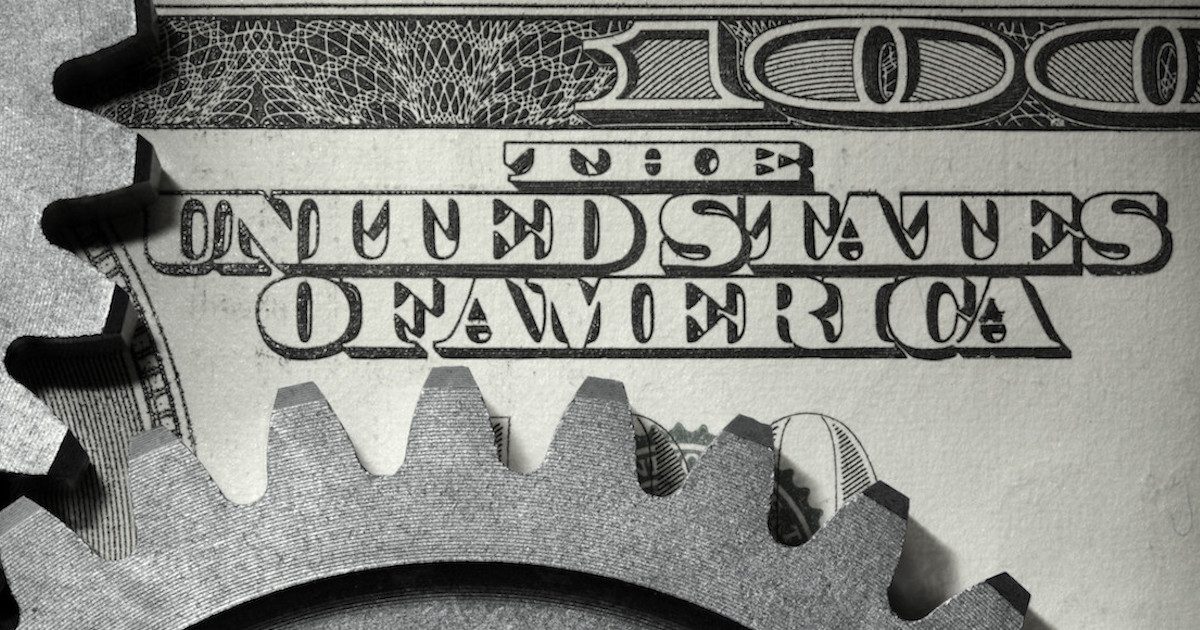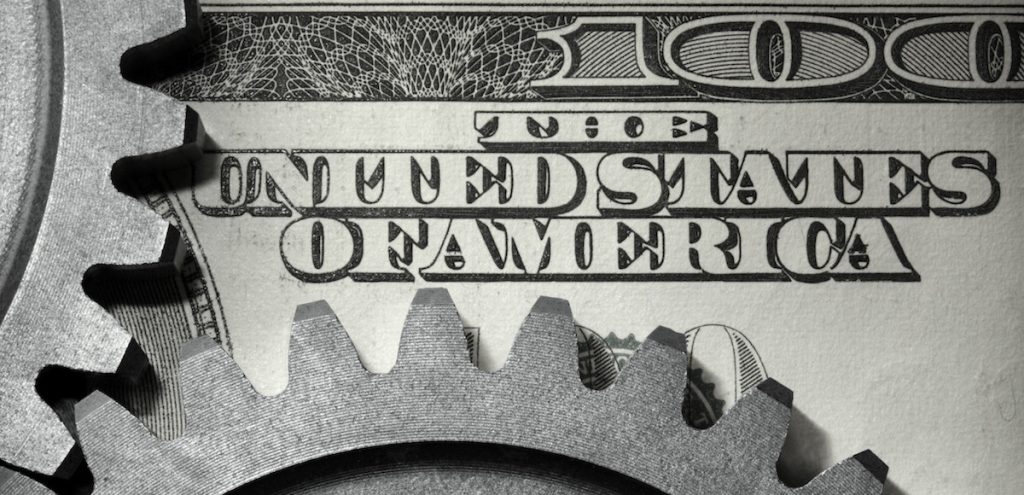

The U.S. economy continues to hum along at levels not seen since the Great Recession, though you’d never know it listening to Big Media. The data from the economic calendar–all of which we cover at People’s Pundit Daily (PPD)–is fundamentally strong.
Clearly, some of the post-2016 optimism waned if only temporarily as a result of what we are calling Coverage-Induced Chicken Little Syndrome.
Looking at the totality of the data, there’s more than a solid argument to make that coverage bordering on hysteria has repeatedly hurt confidence and sentiment.
Lets recap gross domestic product, consumer-related indicators, as well as data on both the housing market and labor market.
Gross Domestic Product (GDP)
The Bureau of Economic Analysis (BEA) late last month said GDP for the fourth quarter (Q4) 2018 came in at a solid 2.6%, beating the consensus forecast.
Real GDP increased by 2.9% in 2018 when measured from the 2017 annual level to the 2018 annual level. From Q4 2017 to Q4 2018, real GDP rose 3.1%, up from 2.5% in 2017. GDP for Q3 2018 was revised to a strong 3.4%.
Guess which measurement the media chose to focus on?
Consumer Sentiment, Confidence and Spending
Consumer confidence bounced back big time in February, rising 9.7 points from an already elevated reading of 121.7 in January to 131.4 (1985=100), crushing the consensus forecast.
This solid gain followed what was a temporary decline in January resulting from “temporary shock,” or fear-mongering during the partial government shutdown.
This is not just speculation. The hard data backs the soft derived from the monthly indicators on consumer sentiment and confidence.
The personal savings rating–which declined steadily from 7.0 in January 2018 to 6.1 in November 2018–shot up to 7.6 in December. American consumers were scared into lowering spending habits even as gains in personal income (1.0%) more than tripled the consensus (0.3%).
Now the fear has subsided, Consumer Comfort surged over the past two weeks to a new high for this cycle and the highest since the 2000 bubble.
Labor Market
The headline nonfarm payrolls increase of 20,000 in the February jobs report was a big miss from the consensus. That said, there were strong positives in the report that were completely ignored.
First, the unemployment rate fell 0.2% to 3.8%, including a new low for Hispanic Americans, and it wasn’t driven by labor force exits.
In Q4 2018, workers’ wages saw the largest gain since Q3 2008, marking the first time in more than a decade wages and salaries broke 3%. Labor force participation, which held firm in February, is now at the highest level since 2013.
The much-disparaged report showed average hourly earnings rose by 3.4% year-over-year, and have now risen by 3% or more for 7 consecutive months. That’s real upward wage pressure.
Big positive revisions were made to December and January. For December, the total jobs created was revised higher from +222,000 to +227,000, and January was revised up from +304,000 to +311,000.
Given the significant discrepancy between the ADP National Employment Report, it wouldn’t at all be surprising to see big revisions to the government report in March, along with a solid number for that month.
The payroll processor said earlier this weekU.S. private sector employment increased by 183,000 jobs in February, beating out the consensus forecast. For January, the total number of jobs added was revised up 87,000 from 213,000 to 300,000.
We also learned that labor productivity rose 1.9% to beat the consensus, and jobless claims have improved from a temporary increase to levels still indicating a very tight labor market.
Jobless claims fell 3,000 to a seasonally adjusted 223,000 for the week ending March 2, slightly less than the consensus forecast. The 4-week moving average came in at 226,250, a decrease of 3,000.
The advance seasonally adjusted insured unemployment rate fell 0.1% back to a low of 1.2% for the week ending February 23. The advance number for seasonally adjusted insured unemployment during the week ending February 23 was 1,755,000, a decrease of 50,000.
Under the previous administration, the Small Business Optimism Index repeatedly found job creators citing the tax and regulatory environment to as the number one challenge to hiring.
Now, it’s the skills gap, a story the media has missed at our peril since just after the passage and signing of the Tax Cuts and Jobs Act (TCJA).
Housing Market
While media chose to focus on lagging existing home sales, more recent data began to back up the big boost we saw in builder confidence for February.
The forward-looking Pending Home Sales Index (PHSI) rose 4.7% in January. The new residential construction report found housing starts and building permits both bounced back to beat their consensus forecasts.
Homeownership is now at the highest level since 2014 and the mortgage delinquency rate is at an 18-year low.
New home sales gained 3.7% to 621,000 units in December after a big surge in November, easily beating the consensus. The target forecast was looking for 590,000 units, ranging from a low of 550,000 to a high of 649,000.
Not only are buyers looking and finding, but sellers are getting their price. The median home price rose 5.0% to $318,600.
What’s Next?
Millions of working Americans have never experienced a real era of economic prosperity nor the potential for one. But it is wholly possible they will be robbed of one if we continue spreading Coverage-Induced Chicken Little Syndrome.
There is more critical economic data due before the end of the quarter, including retail sales for February and the CPI-PPI combo due out this week.
The final reading for Q4 GDP, coupled with corporate profits, will be released before the end of the month on March 28.







John Schubert / March 11, 2019
MAGA-KAG!!!!!!!
/
Auras Wave Co / May 3, 2019
It?s hard to come by well-informed people on this topic, but
you seem like you know what you?re talking about!
Thanks
/